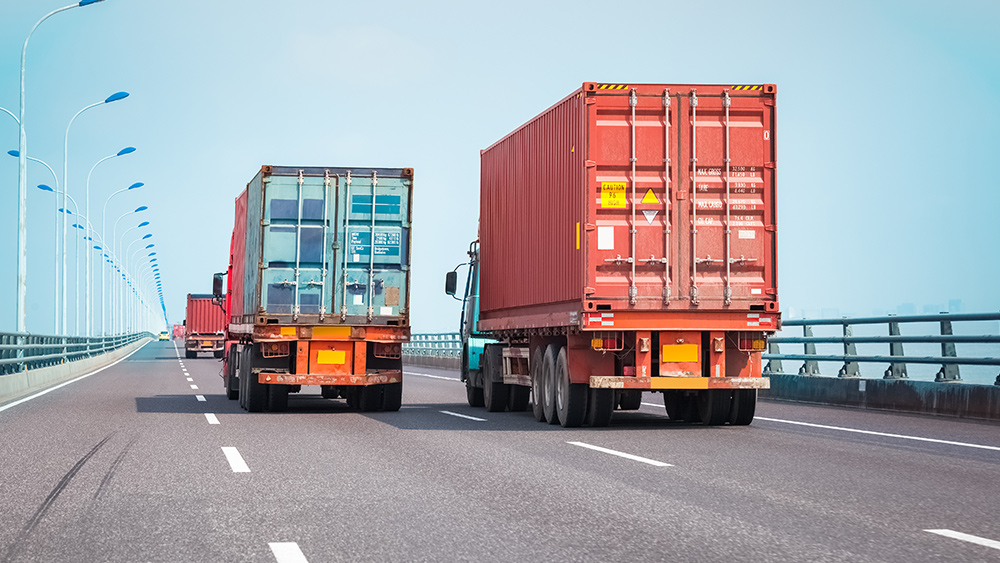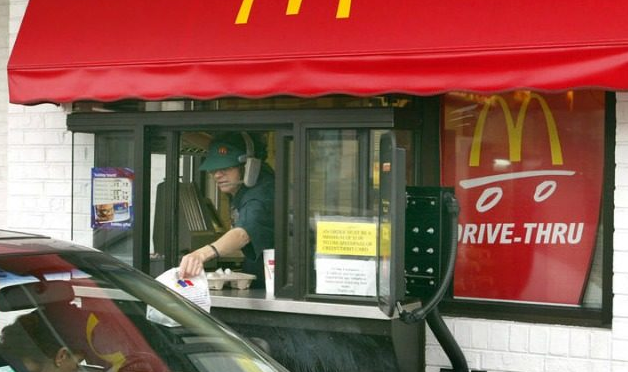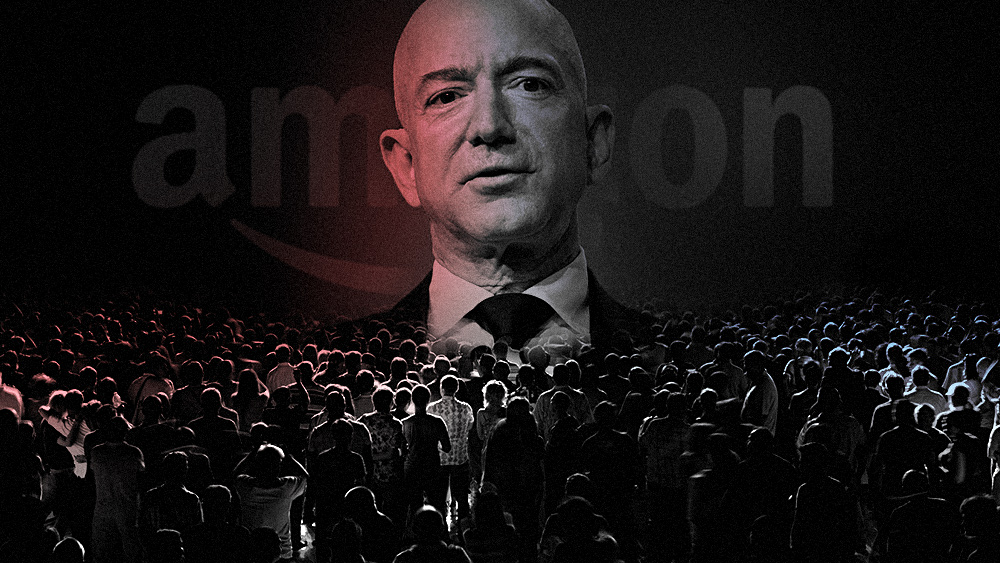California’s “impossible” electric truck mandate could put logistics companies completely out of business
06/09/2023 / By Cassie B.

With California’s deadline for zero-emissions vehicles looming, logistics companies are growing concerned that compliance will be impossible.
Under the new mandate, which goes into effect on January 1, 2024, all new trucks that are bought for servicing distribution centers, ports and rail yards must be zero-emission models.
One of the main concerns is the low availability of electric semi-trucks. Those that are available have very high prices, and many in the industry are concerned about the short distances they are capable of traveling on a charge. Trucks need to use dedicated charging stations, and the limited infrastructure in the areas surrounding ports will make keeping these vehicles charged complicated. The need to recharge these trucks frequently, combined with potentially long wait times as multiple trucks vie for limited charging ports, will make operation costs and times rise.
The high costs of replacement parts and maintenance services are only expected to add to logistics companies’ financial woes. For many, these costs are largely unknown at the moment, which means companies are struggling to make their plans and calculate their costs. Currently, maintenance is one of the biggest expenses for diesel trucks, and companies simply don’t know what the maintenance costs on the newer trucks will be. However, some have estimated the costs for electric truck maintenance could be tenfold the costs of maintaining diesel trucks.
The owner of California-based Sibrian Trucking, Nelson Sibrian, told The Epoch Times: “Nobody has real numbers when we ask for details about maintenance and replacement costs,” “With diesel, we know our cost per day to maintain the vehicle.”
The costs of these vehicles are another concern, with the current price for electric semi-trucks coming in at around $500,000. While fleet owners can choose from a range of different manufacturers when purchasing traditional trucks, allowing them to shop around for better deals, their electric counterparts are much harder to find and are often backordered. This means that even those who are in a financial position to purchase the vehicles may not be able to do so due to a lack of availability.
The supply problem is only expected to get worse when the mandate is in full effect. Around 10,000 drayage trucks for ports and rail yards are replaced every year, on average, so the demand is expected to be very high and vehicle makers may not be able to keep up.
Oakland trucking professional John Williams said: “This is a bigger problem than people realize because we’re being forced to do something that is literally impossible. There are not enough trucks, not enough charging stations, and not enough information that we can rely on.”
Weight limits and limited travel ranges could damage profitability
Another factor that could harm profitability is weight limits. For example, Tesla trucks have an estimated 10,000-pound battery in them. This means that the trucks will be forced to carry less cargo in order to remain compliant with weight limit regulations. Packing trucks is considered one of the best ways to boost profits, and heavy vehicles will effectively put an end to this practice.
Some truckers have also expressed concerns about the size of the lithium batteries in these trucks. If fires occur, it could pose a major public safety issue.
Another roadblock is the limited range of electric trucks. Diesel trucks can travel 1,000 miles before they need to be refueled, but the top electric semi-trucks on the market can only go as far as 300 miles before needing a charge; most, however, can only make it around 100 miles.
Although these new regulations will cost trucking companies a lot of money – costs that will ultimately be passed to consumers – Governor Gavin Newsom issued a press release applauding the Biden administration’s approval of the mandate.
He stated: “Now, thanks to the Biden administration, we’re getting more zero-emission heavy duty trucks on the roads, expanding our world-leading efforts to cut air pollution and protect public health.”
Sources for this article include:
Submit a correction >>
Tagged Under:
big government, Bubble, California, climate, economic riot, electric trucks, electric vehicles, finance riot, green deal, green living, green tyranny, Inflation, insanity, logistics, money supply, panic, risk, supply chain, supply chain warning
This article may contain statements that reflect the opinion of the author
RECENT NEWS & ARTICLES
COPYRIGHT © 2017 MARKET CRASH NEWS




















